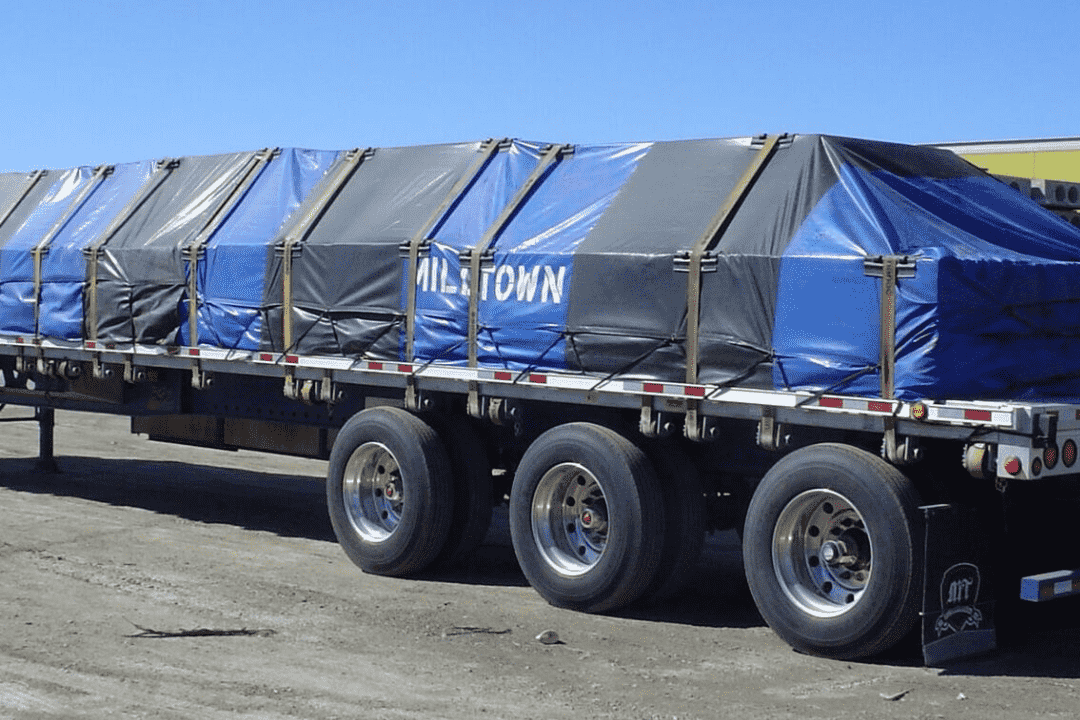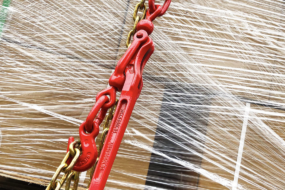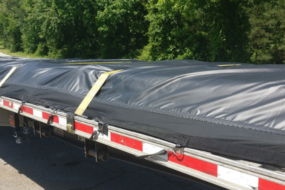
Transporting goods on a flatbed trailer requires careful attention to securing and protecting the load. One crucial aspect of this process is properly tarping the load to shield it from the elements and ensure its safety during transit. In this blog post, we will provide you with essential information and step-by-step instructions on how to tarp a load on a flatbed, including tips for folding and rolling up the tarp. Additionally, we will explore the weight and size considerations of flatbed tarps to help you make informed decisions.
- How to Tarp a Flatbed Load: Tarping a load on a flatbed is a systematic process that requires attention to detail. Follow these steps to ensure a secure and well-protected load:
Step 1: Prepare the Equipment Before you start tarping, make sure you have the necessary equipment, including a high-quality tarp, bungee cords or straps, gloves, and a ladder if needed.
Step 2: Position the Tarp Lay the tarp out on the flatbed, ensuring it covers the entire load and extends beyond the edges. This will allow for proper coverage and prevent any gaps that could expose the cargo.
Step 3: Secure the Tarp Using bungee cords or straps, fasten the tarp to the hooks or tie-down points on the flatbed trailer. Start at the front and work your way towards the back, ensuring the tarp is pulled tightly over the load. Be sure to secure all corners and edges to prevent wind from getting underneath.
Step 4: Create a Tight Seal To ensure maximum protection, fold the edges of the tarp under the load and secure them tightly. This will create a seal that minimizes the chances of wind or water penetration.
- Folding and Rolling Up a Flatbed Tarp: Once the journey is complete, it’s important to properly fold and store the tarp for future use. Follow these steps to fold and roll up a flatbed tarp:
Step 1: Remove the Tarp Carefully remove the tarp from the load, making sure to avoid any debris or dirt falling onto the cargo.
Step 2: Shake Off Debris Shake the tarp to remove any dirt or debris that may have accumulated during the journey.
Step 3: Fold the Tarp Start by folding the tarp in half lengthwise, ensuring that all corners and edges align. Continue folding the tarp in half or thirds until you reach a manageable size.
Step 4: Roll Up the Tarp Once the tarp is folded, begin rolling it up tightly from one end to the other. This will make it easier to store and prevent it from unraveling during transport.
- Weight and Size Considerations of Flatbed Tarps: The weight of flatbed tarps can vary depending on their size, material, and thickness. Generally, they can range from 40 to 200 pounds (18 to 91 kilograms). It’s crucial to consider the load capacity of your flatbed trailer and ensure that the weight of the tarp, along with the load, remains within the legal limits.
As for the size, flatbed tarps come in various dimensions to accommodate different load sizes. Typical flatbed tarps range from 16 to 48 feet in length and 6 to 24 feet in width. Select a tarp size that can adequately cover your load while allowing for proper securing and sealing.
Conclusion: Tarping a load on a flatbed is a vital step in ensuring the safe and secure transportation of goods. By following the steps outlined in this guide, you can effectively protect your cargo from weather












